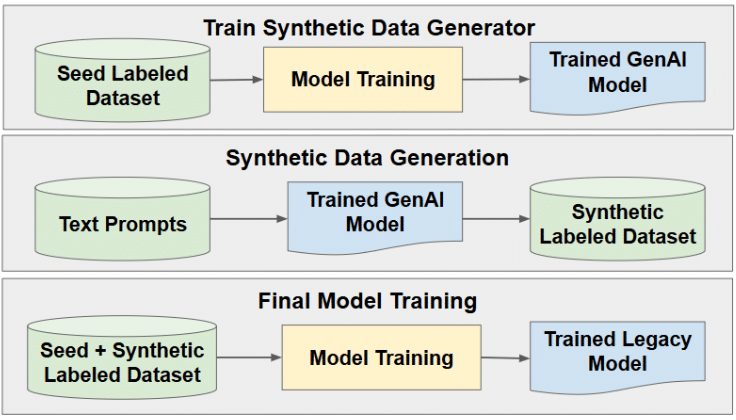
GenAI in Medical Imaging
Arie Rond and David Menashe Artificial intelligence (AI) is already transforming healthcare, enabling capabilities that seemed unattainable a decade ago. Now, a new frontier, generative

Arie Rond and David Menashe Artificial intelligence (AI) is already transforming healthcare, enabling capabilities that seemed unattainable a decade ago. Now, a new frontier, generative
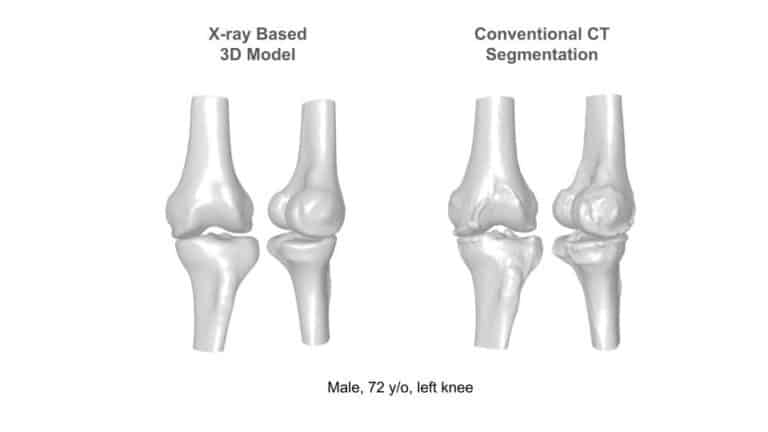
The study, featured in the prestigious Journal of Clinical Medicine, found sub-millimeter accuracy on real-world patient imaging, enabling widespread access to precise, image-based computer-assisted surgery
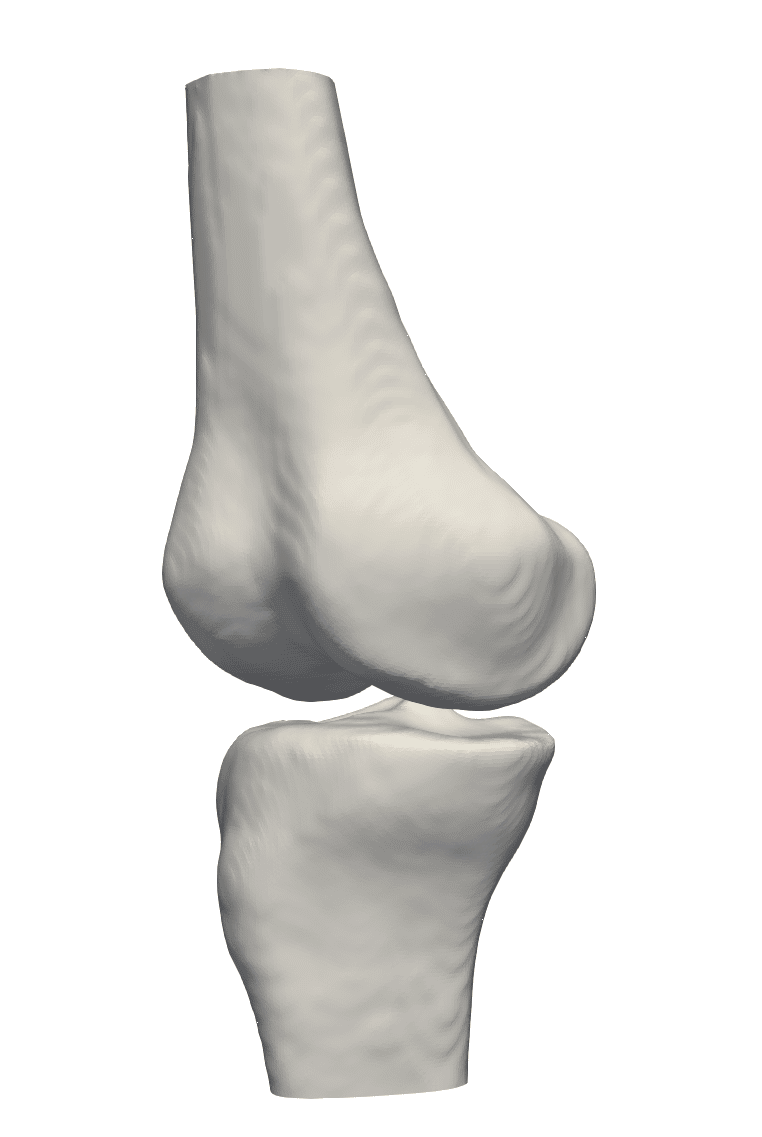
A tool for reconstruction of a 3D model of the knee from 2D X-ray images is being evaluated on clinical data at a leading medical
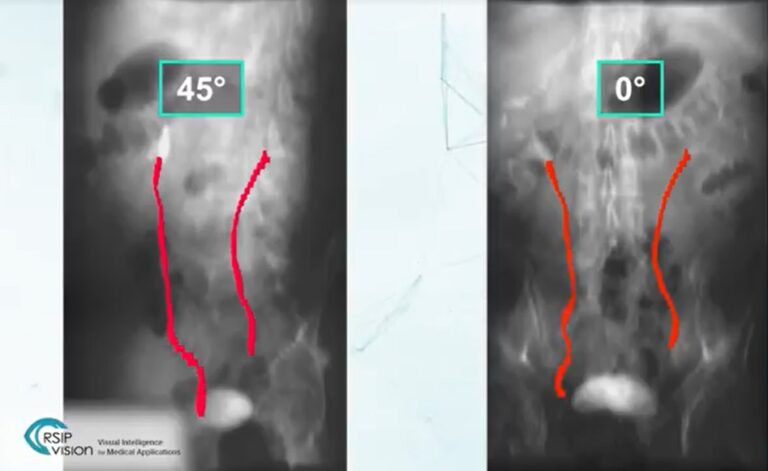
RSIP Vision Presents New Urological AI Tool for 3D Reconstruction of the Ureter Improving Urological Procedures Innovative technology utilizes 2D fluoroscopic images and reconstructs an
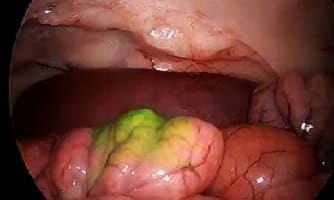
Our team has followed with deep attention the recent Hamlyn Symposium. In particular, we have enjoyed the great presentation by Professor Laura Marcu from UC
Urolithiasis, or kidney stones, is a common pathology affecting nearly 10% of the population in the USA. There are various treatment options for urolithiasis. The
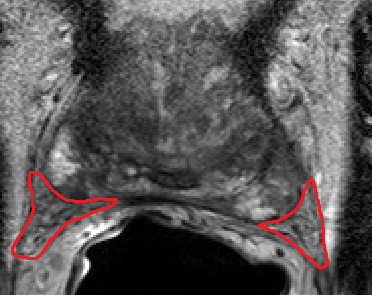
Tissue sparing is a common practice during surgeries. This approach aims to remove as little as possible of the surrounding tissue during a procedure. Studies
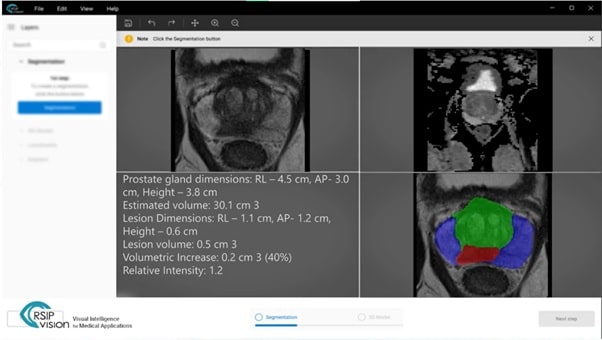
RSIP Vision Presents New AI Tool for Prostate MRI Analysis to Support PI-RADS Scoring Innovative technology performs automatic segmentation and lesion detection in prostate MRI
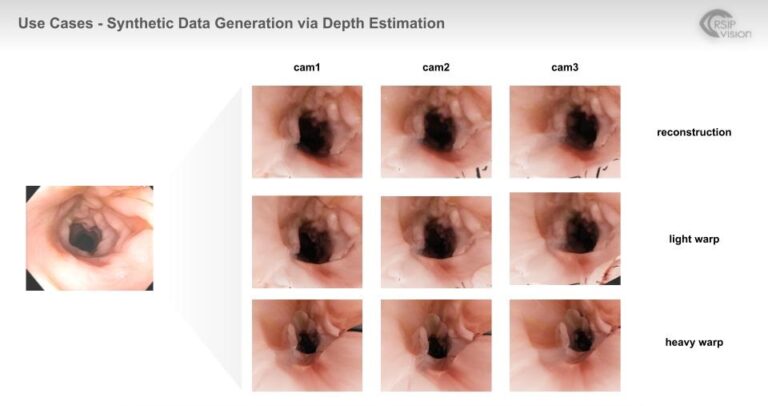
Every deep learning based system requires sufficient data for proper training and reliable testing. Therefore, data collection and annotation are the first and foremost required
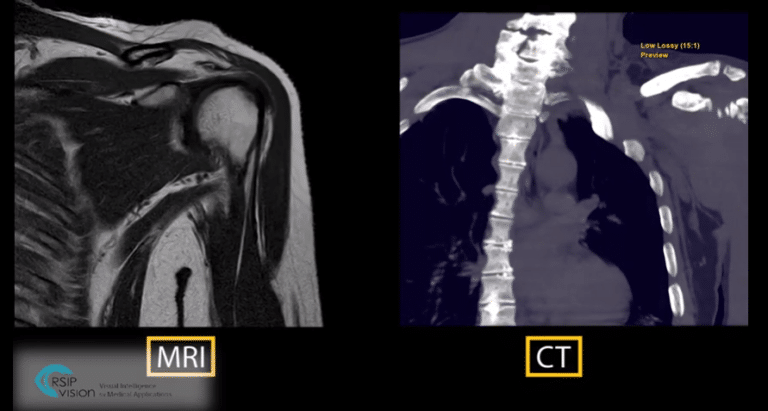
RSIP Vision Presents New Tool for Total Shoulder Arthroplasty (TSA) Planning Through MRI Scan Advanced artificial intelligence creates accurate and radiation-free method for TSA planning.
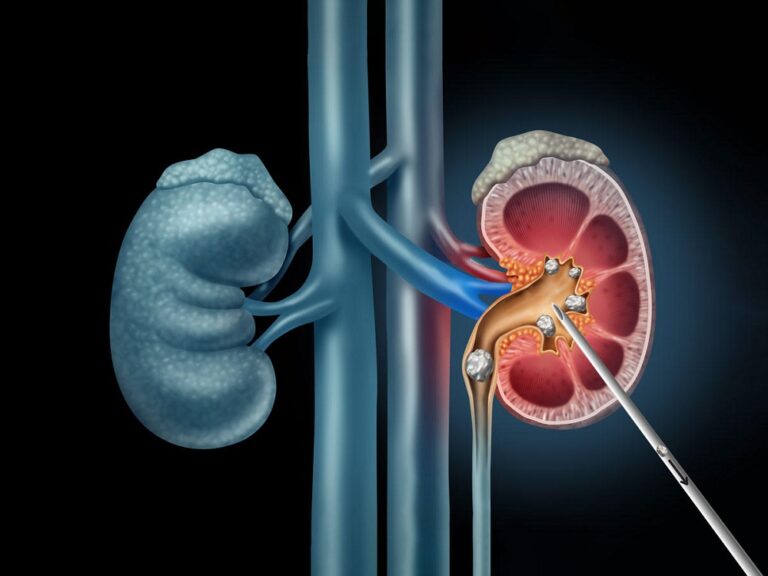
Urolithiasis, or kidney stones, is a common pathology affecting nearly 10% of the population in the USA. Percutaneous Nephrolithotomy (PCNL) is a minimally invasive urology
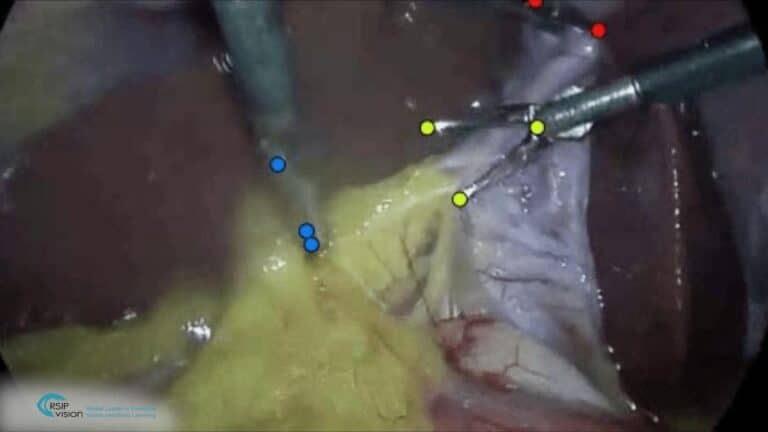
RSIP Vision Presents New Technology for Intra-op Virtual Measurements in Laparoscopic and Robotic-Assisted Surgeries Innovative Technology Provides Calibration of Robotic-Assisted Surgeries’ (RAS) Images and a
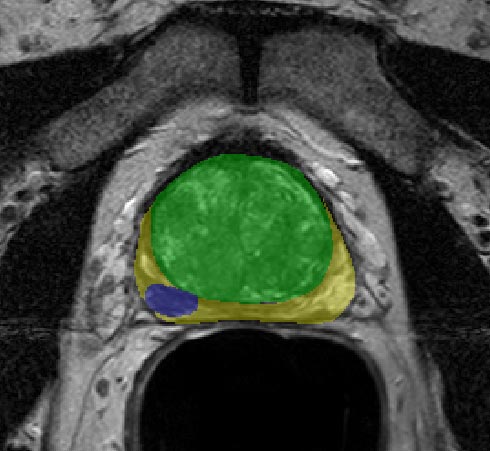
Prostate Cancer and PI-RADS scoring Prostate cancer is the most common male cancer in the USA. When diagnosed early, mortality rates are very low, therefore,
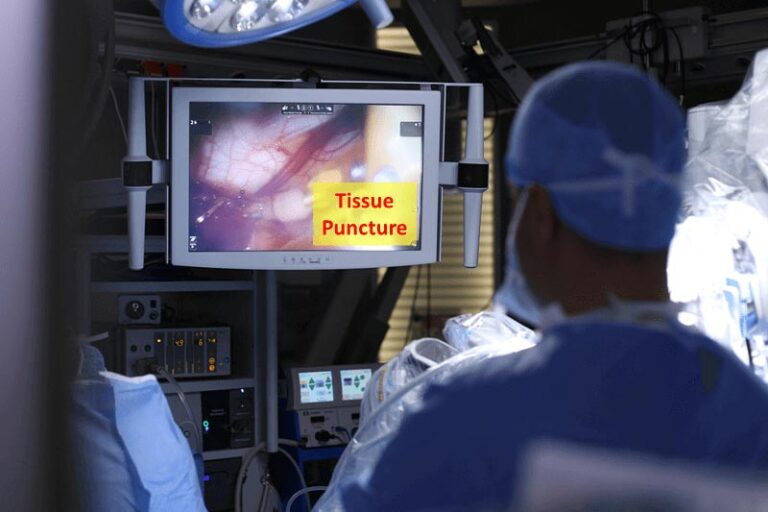
Success Rating and Dynamic Feedback Minimally invasive surgeries (MIS), specifically robotic assisted surgeries (RAS), generally have an improved outcome compared with standard surgeries. However, they

RSIP Vision Presents New Technology for Non-Invasive Planning of Coronary Intervention Innovative technology provides accurate coronary artery 3D reconstruction from 2D angiography to be used
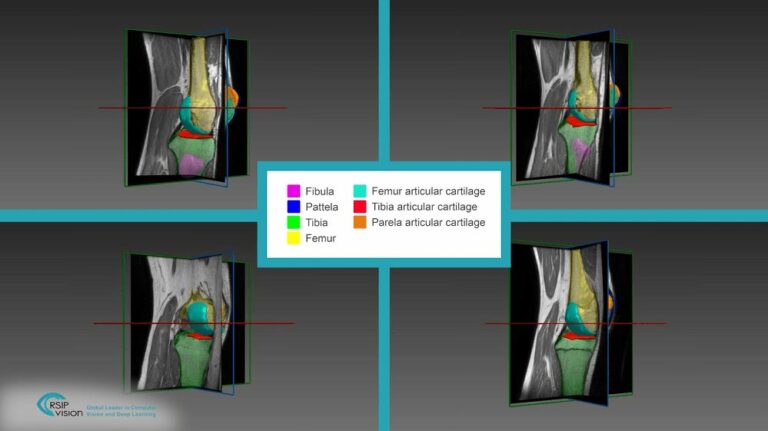
RSIP Vision Announces New Tool for Sports Medicine Applications, Enabling Automated Assessment of Cartilage Damage This new algorithmic software provides automated measurement of articular cartilage
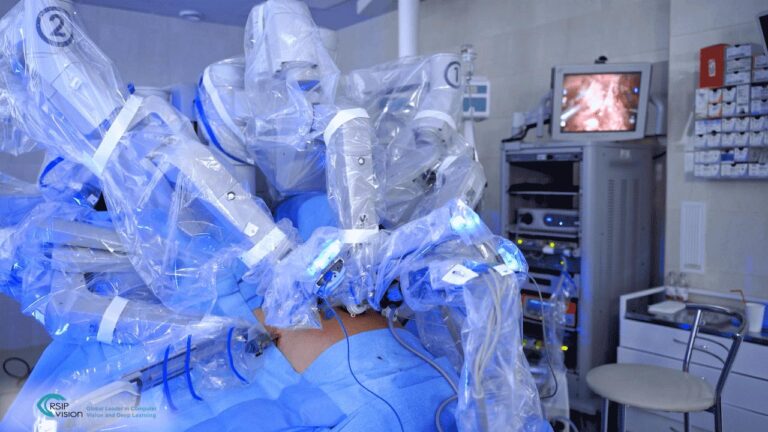
RSIP Vision Reveals Its Newest Feat of Medical Imaging Innovation: Real-Time Surgical Workflow Recognition and Analysis Technology for Robotic Assisted Surgeries The company’s newest module
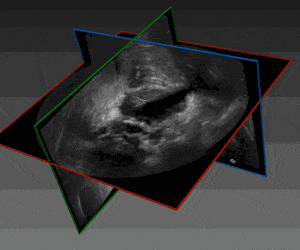
RSIP Vision Launches an Advanced AI-Based Tool for Prostate MRI and Ultrasound Registration Enabling Precise Navigation in Key Procedures New module creates a warped MRI
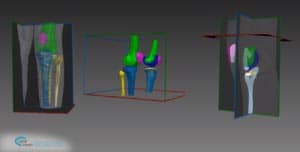
RSIP Vision Unveils Robust Metal Implant and Anatomical Segmentation Tool, for Improved Planning of Specialized Orthopedic Procedures including Revision Arthroplasty Groundbreaking Module Joins RSIP Vision’s Existing
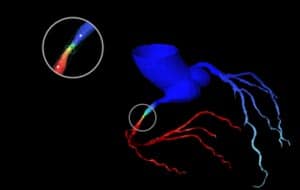
RSIP Vision Announces Sophisticated AI-Based Tool for Coronary Artery Analysis and Intervention Planning New module utilizes state-of-the-art deep learning algorithms combined with classic computer vision

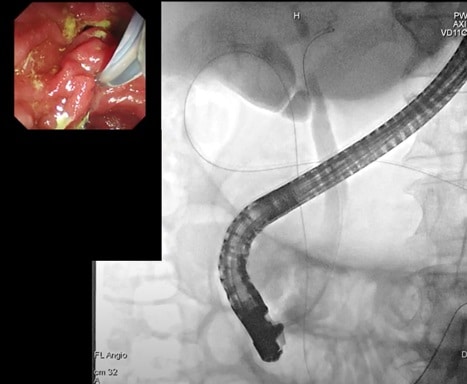
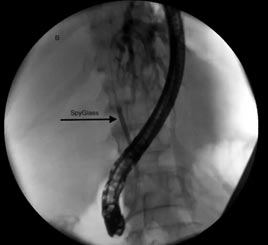

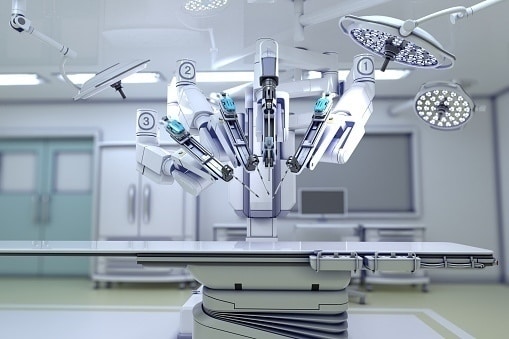
Image analysis techniques and artificial intelligence are leading to radical innovations in renal cancer diagnosis and treatment. In particular, renal cancer robotic surgery. Advanced AI algorithms and computer vision assist in detecting and classifying all kinds of renal diseases, using segmentation and contour detection. This results in improved diagnostic accuracy and enhanced personalized treatment for patients. Moreover, robotic assistance in renal surgeries has gained increased traction in both complete and partial nephrectomies. Surgical planning and 3D reconstruction based on CT and MRI images play vital roles in successful robotic-assisted kidney-related procedures
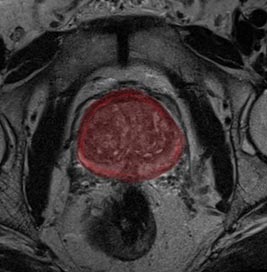
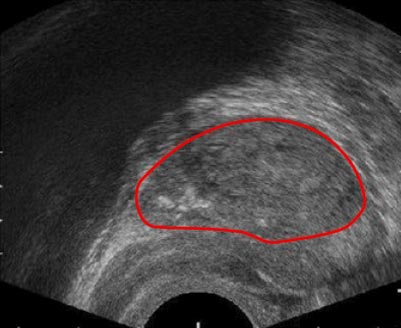
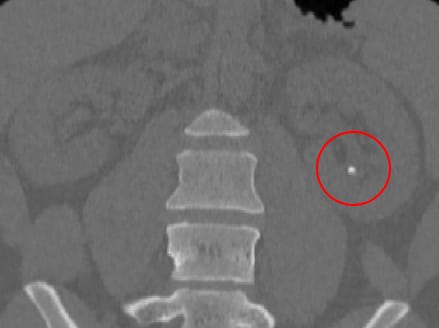

Breakthrough AI technology leads to precise surgery and optimal implant positioning, resulting in improved quality of life for the patients. SILICON VALLEY, CA, September 15,
Upper gastrointestinal cancers, including esophageal cancer and gastric cancer, are among the most common cancers worldwide. However, a lack of endoscopists with colonoscopy skills has been identified and solutions are critically needed. The development of a real-time robust detection system for colorectal neoplasms is needed to significantly reduce the risk of missed lesions during colonoscopy.

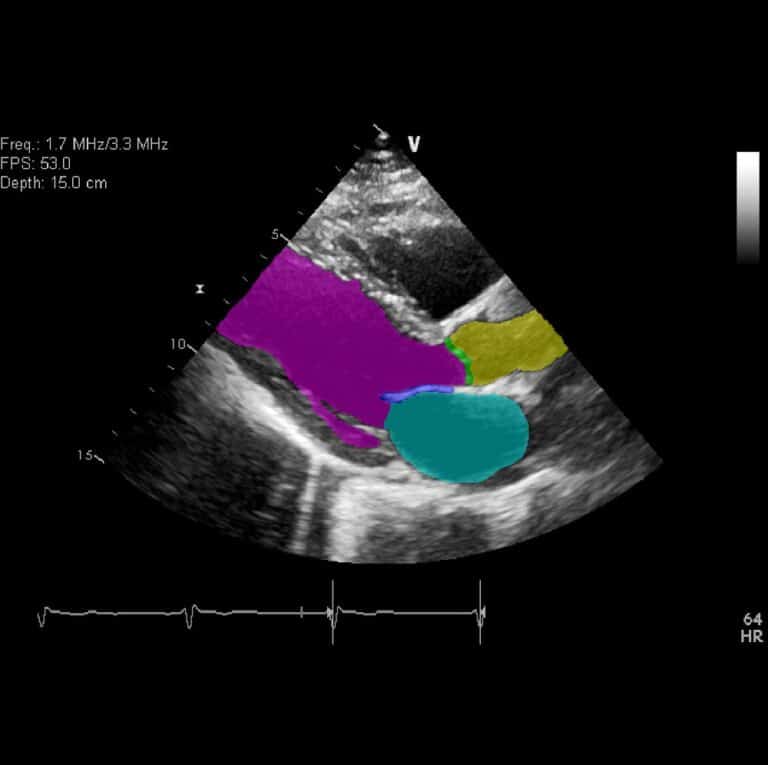

Cardiac magnetic resonance (CMR) imaging plays a critical role in the assessment and management of patients with coronary artery disease (CAD), a leading cause of
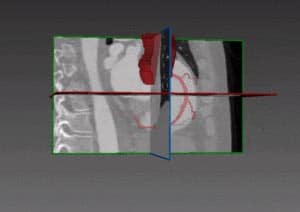
Coronary computed tomography angiography (CCTA) is an efficient and non-invasive imaging modality with widespread clinical implementation in the identification of coronary artery disease (CAD). With

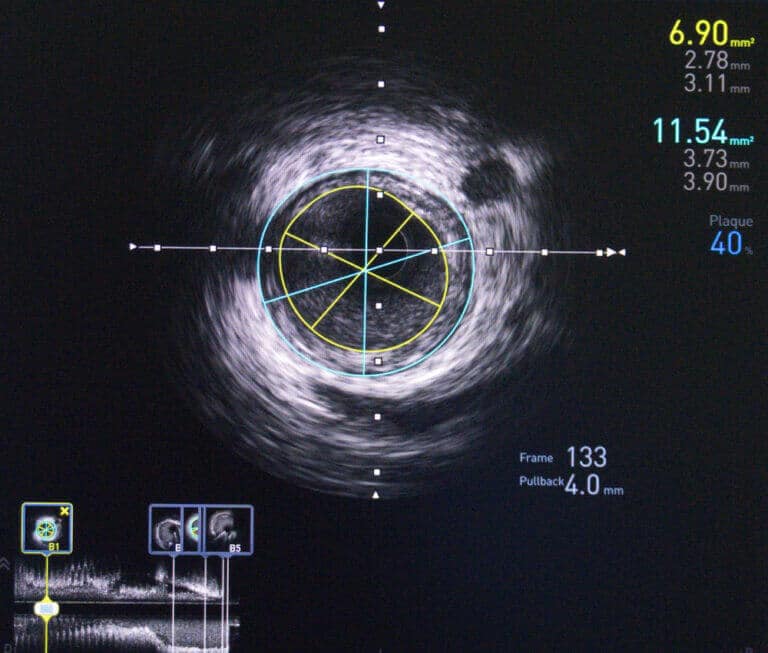
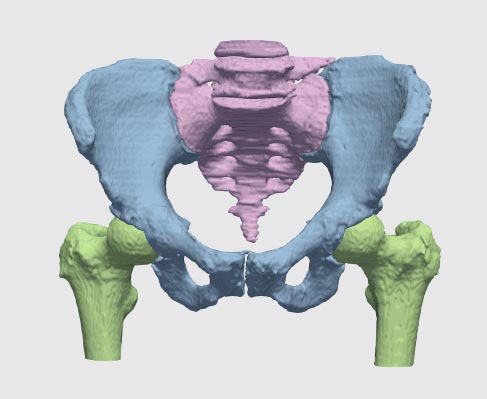

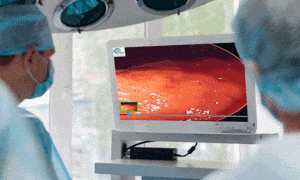

As endoscopic and microscopic image processing, and surgical vision are evolving as necessary tools for computer assisted interventions (CAI), researchers have recognized the need for

The use of deep learning for analysis of multiplex IF has allowed for a much greater accuracy level for the correct phenotypic classification of cells. When combined with RSIP Vision‘s advanced nuclear detection capability, it allows for the simultaneous analysis of multiple florescent markers on a cell by cell basis. This tool is well suited for multiple applications, especially when using multiple markers to characterize distinct cell populations such as in immune-oncology and IBD.

Circulating tumor cells (CTCs) are rare cancer cells that originate from a tumor and then travel through the patient’s blood or lymphatic system. CTCs have
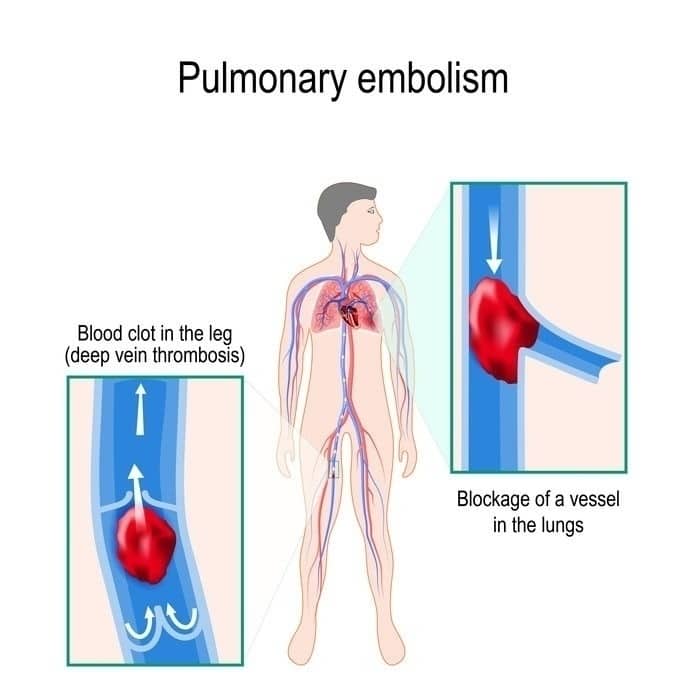
Pulmonary embolism is a very dangerous condition, which happens when a clot of blood moves from somewhere (generally the legs) to the heart and then
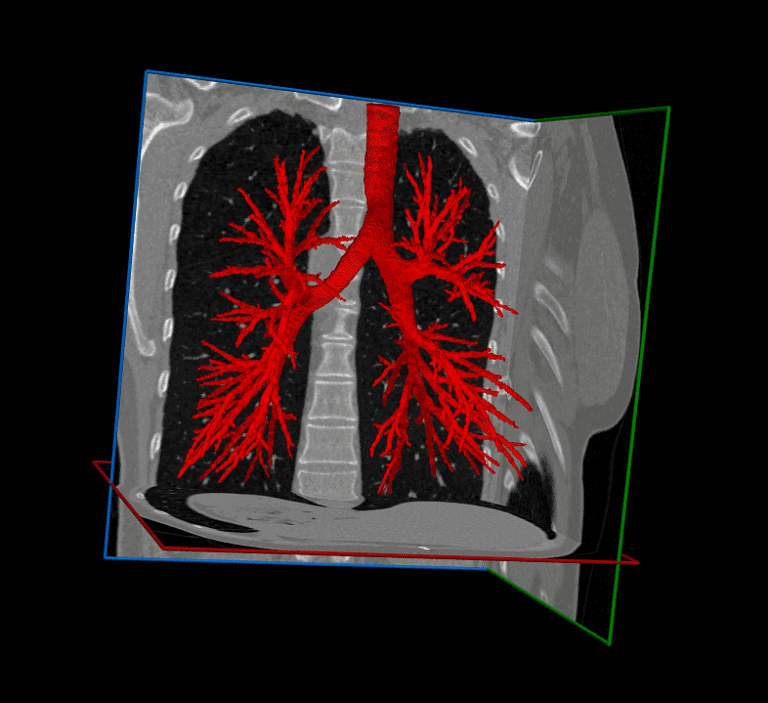
RSIP Vision’s Advanced AI Technology Provides Segmentation with Unmatched Precision for Interventional Lung Procedures. New Solution Enables Surgeons to Biopsy Exact Location of Suspicious Lesions
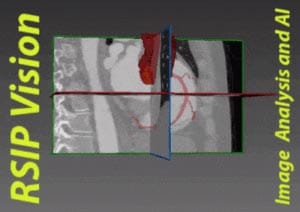
Coronary artery disease (CAD) or ischemic heart disease (IHD) has become one of the most common causes of morbidity and mortality worldwide. Patients who suffer
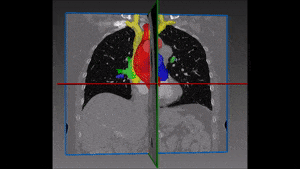
The great vessels conduct blood to and from the heart. These vessels include the aorta, superior and inferior vena cava, pulmonary arteries and pulmonary veins.
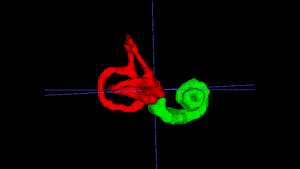
Ear pathologies are common in all age groups, and are one of the leading causes for visiting a doctor. In most cases, proper diagnosis can
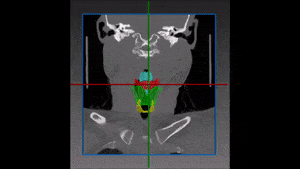
The larynx, also known as the voice box, is a triangular structure in charge of important functions including breathing, voice production and supplying protection to
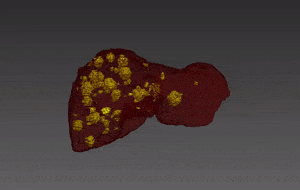
Liver tumors, also known as hepatic tumors, are quite common and some poses a grim prognosis. Therefore, early detection and diagnosis has become a main
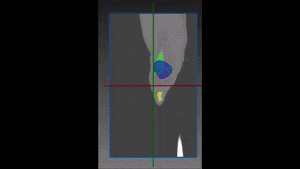
Knee Replacement Patients Enjoy Life-Changing Surgical Outcomes with RSIP Vision’s Revolutionary AI Solution Jerusalem, May 29, 2019 – RSIP Vision, a global leader in artificial
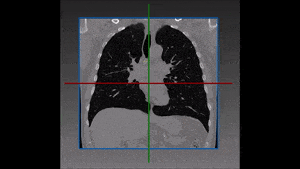
Lymph nodes are routinely examined and assessed during physical examination of patients in a clinic or hospital setting. Enlarged lymph nodes can be indicators of
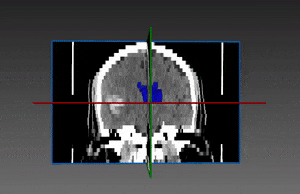
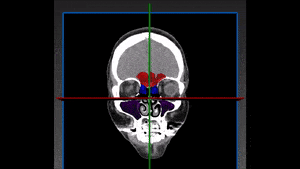
The paranasal sinuses are air-filled spaces surrounding the nasal cavity. The sinuses include the maxillary, frontal, ethmoidal and sphenoidal sinuses. Due to being air filled, the sinuses make
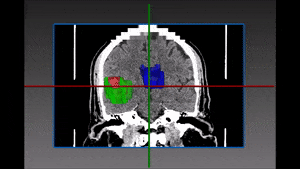
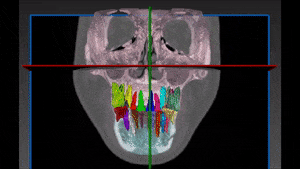
Dental problems affect people of all ages and ethnic groups, and are common worldwide. With many patients suffering from tooth decay, orthodontic issues and even
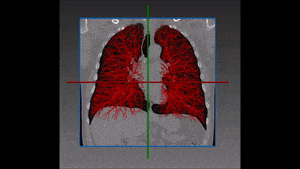
Lungs vasculature has a major part in blood oxygenation. The complicated branches of arteries and veins, accompanied by the intricate bronchial tree are in charge

Lung cancer is the most common cancer related mortality cause among men, and second in women worldwide. Primary lung cancer is usually divided into two

New AI technologies by RSIP Vision are very powerful in analysis of tissues and histopathology. This complex task, which has been haunting for years the medical community, has now a very practical solution: deep learning gives very fruitful results to several challenges, like the segmentation of cells and nucleus and the classification of the cells according to the detected pathologies.
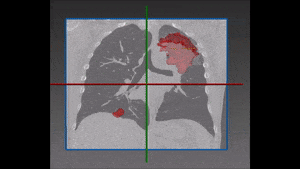
RSIP Vision’s oncology software combines detection of lesions and tumors in the human body with tracking those findings along CT scans performed during the research: in particular lung, lymph nodes and liver. These tools enable a quick and accurate assessment of the efficacy of the new treatment.
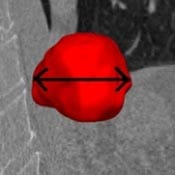
The golden standard for measuring tumors is the RECIST score. RSIP Vision developed an automated module to accurately measure the RECIST score from CT scans as well as the exact 3D volume of the tumors. Changes in volume are a reliable measure of the progression or remission of the tumor, enabling to evaluate the responsiveness of the treatment in a relatively short time.
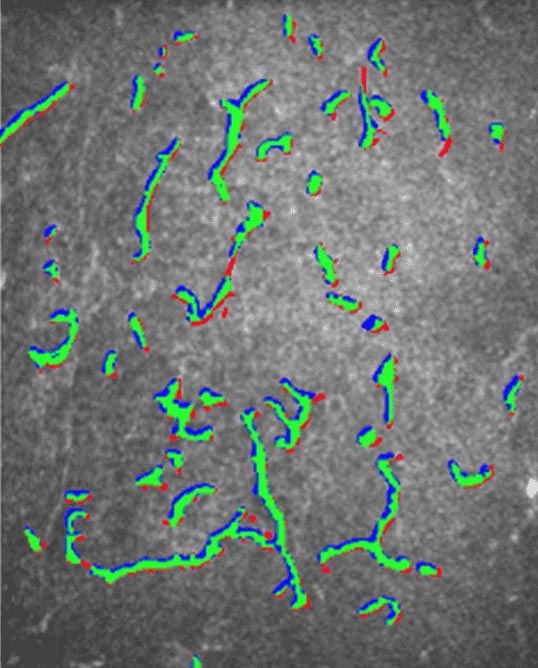
Dendritic cells are a type of antigen-presenting cells and have an integral part in the normal functioning immune system, in that they help to initiate

Pulmonary nodules (AKA lung nodules) are small masses (up to 30mm) of tissue surrounded by pulmonary parenchyma. They are quite common finding on computerized tomography

Lung fissures are double folds of visceral pleura that section the lungs to lobes. Both lungs have an oblique fissure separating the upper and lower


Detecting physical and virtual intrusions is a key process in ensuring information and property security. Physical intrusion detection refers to all attempts at break-ins to
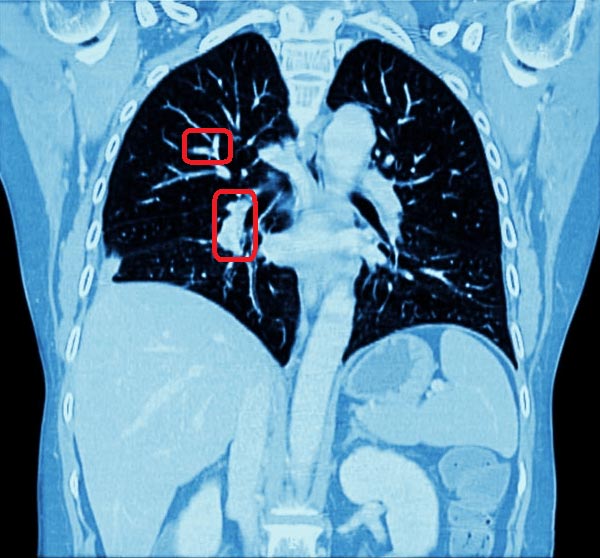
Chest radiography, with modalities such as X-Ray and CT, is now the common practice for the detection and analysis of the progression of lung tumors,

Object tracking in video sequences is a classical challenge in computer vision, which finds applications in nearly all domains of the industry: from assembly line
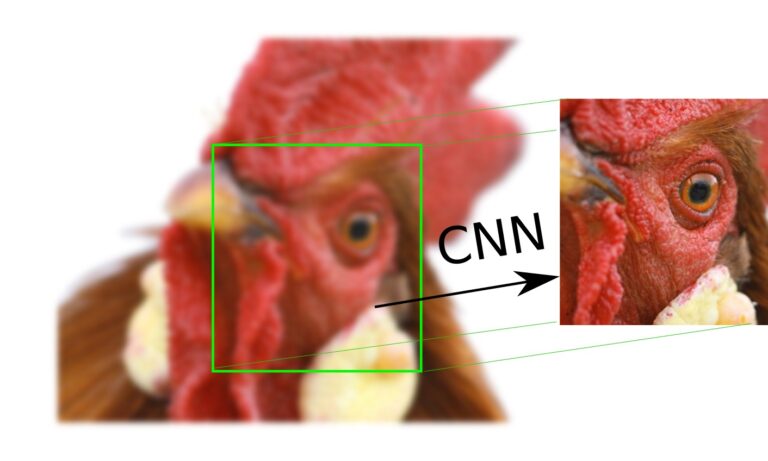
Recovering a high-resolution (HR) image from a low resolution one is a classical problem in computer vision for which many algorithms have been developed to
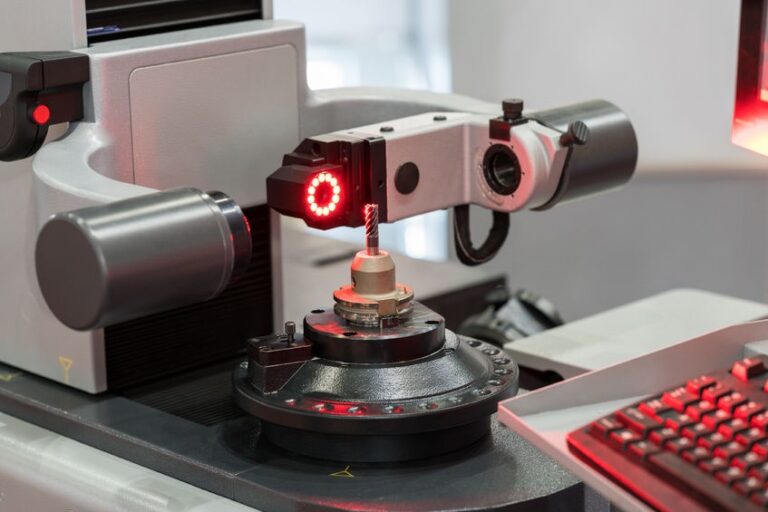
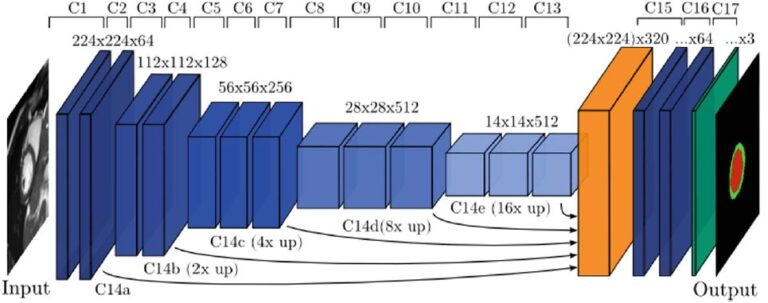
1.1 Segmentation tasks [10] suggest a new fully convolutional network architecture for the task of cardiovascular MRI segmentation. The architecture is based on the idea
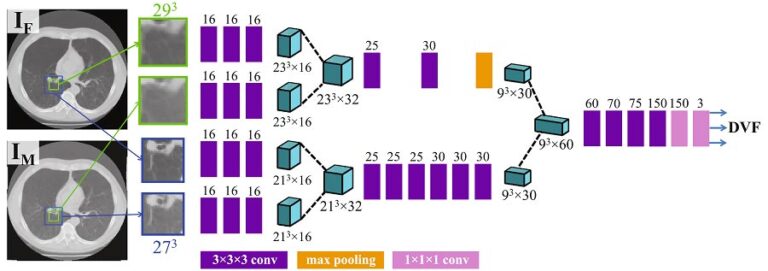
Deep learning has been successfully applied in various applications in pulmonary imaging, including CT registration, airway mapping, real time catheter navigation, and pulmonary nodule detection.
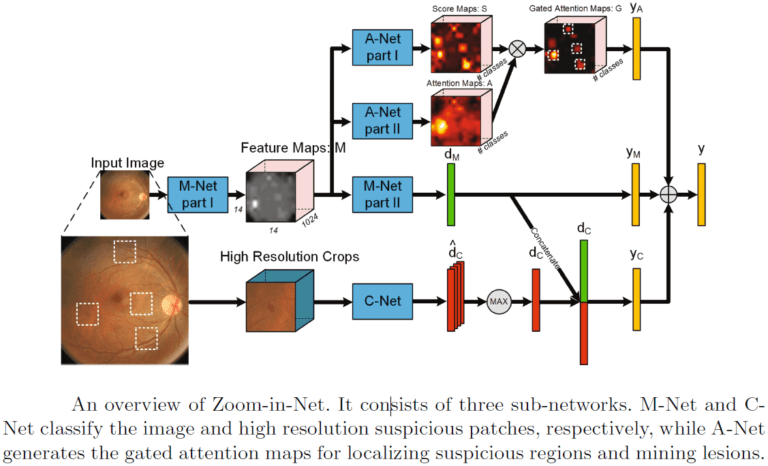
Recent works suggest novel deep learning tools for detection, segmentation and characterization of eye disorders. Accurate segmentation of retinal fundus lesions and anomalies in imaging
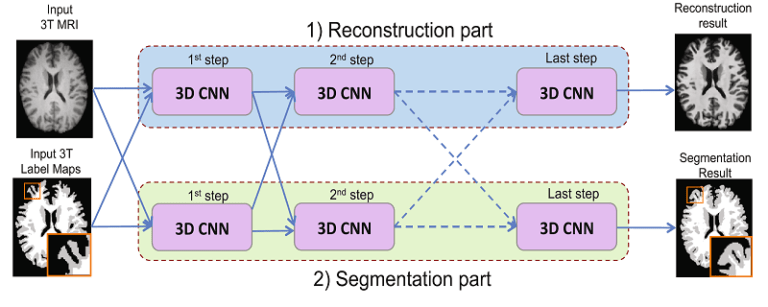

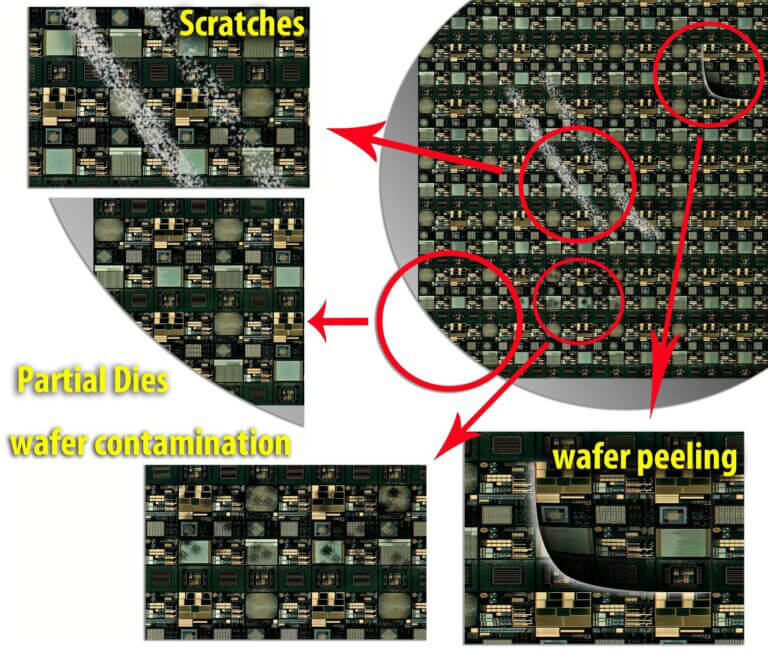

Complete cancellation of returned acoustic echo signal is still an unresolved issue in signal processing. When a signal from a speaker in one end of

Pattern matching in computer vision refers to a set of computational techniques which enable the localization of a template pattern in a sample image or

Dry eye disease (DED) is one of the most common ophthalmic disorders. Inflammation of the ocular surface is controlled by corneal antigen-presenting cells called dendritic

Automatic fingerprint recognition systems are based on the extraction of features from scanned fingerprint image. A successful preprocessing of the scan is an important first
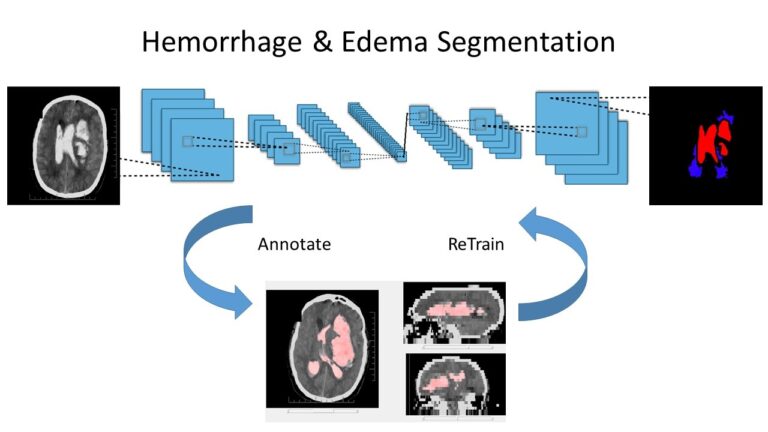
An intracranial hemorrhage (ICH) is a condition in which a blood vessel erupts inside the brain, causing internal bleeding. If not treated correctly and immediately,
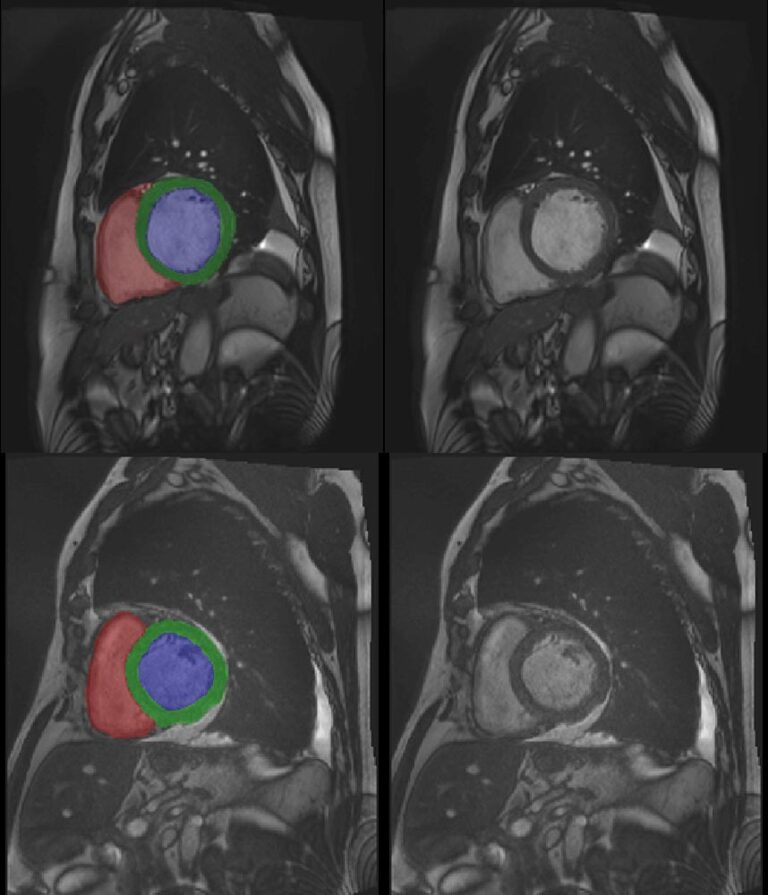


Machine vision algorithms are also used to operate robots in the high-precision semiconductor industry. Robots perform these intelligent tasks supported by machine vision software: several methods are currently used to detect defects and classify them, with important economies in both time and money. Robots in the semiconductor industry too can take advantage of deep learning techniques: their main benefit is the dramatic improvement in the defect classification abilities of the robotic devices.

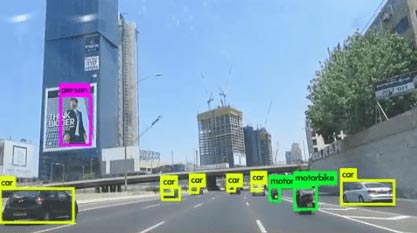
The transportation revolution coming with autonomous cars has already started, involving challenges that require proper handling of advanced technologies and algorithms: deep learning, to name
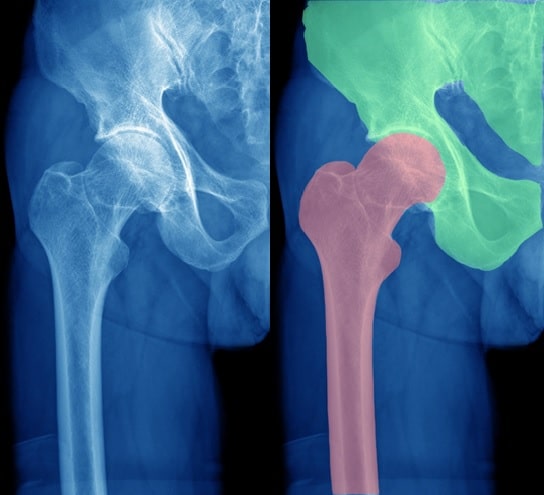
CT image segmentation is a typical phase of orthopedic surgeries in which a visualization system is called to visually support the surgeon’s task. This system


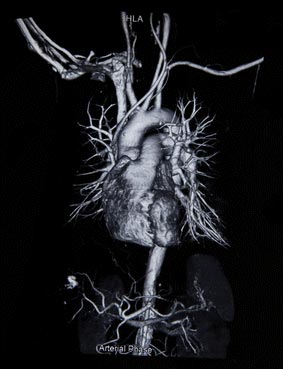
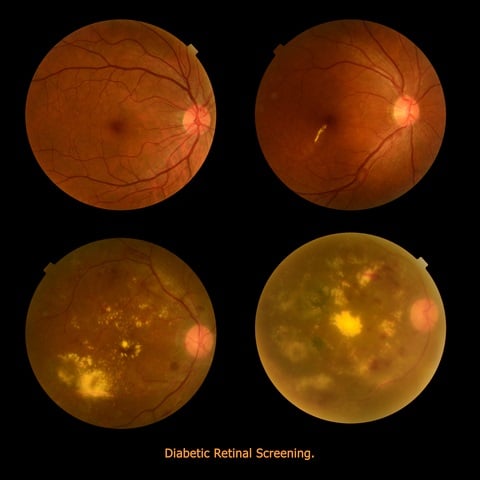
Diabetic Retinopathy (DR) is a leading cause of blindness, especially among adults and even more among the elderly segments of the population. It is associated

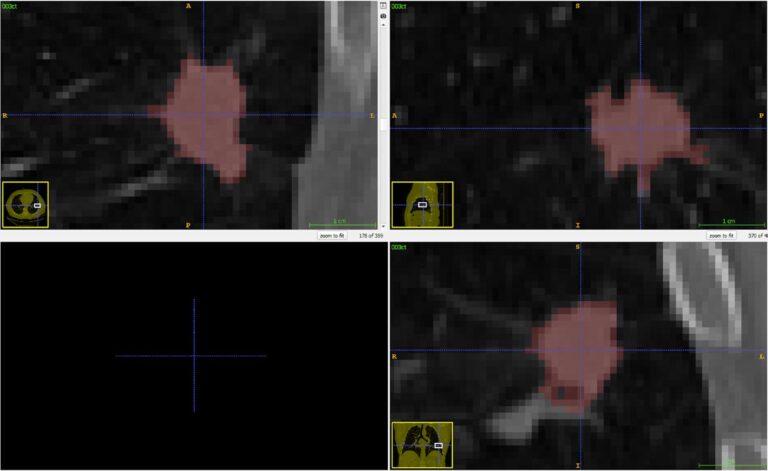
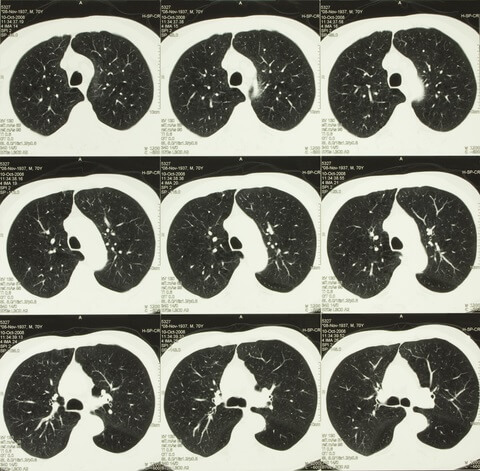
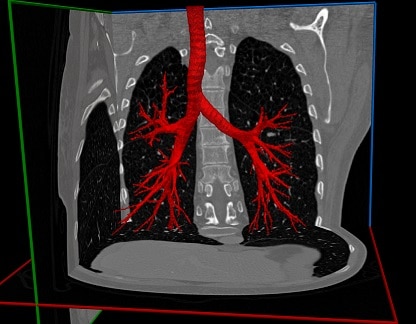

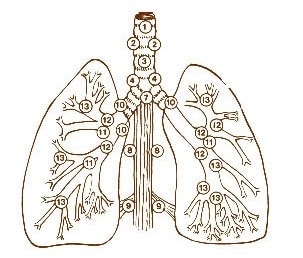

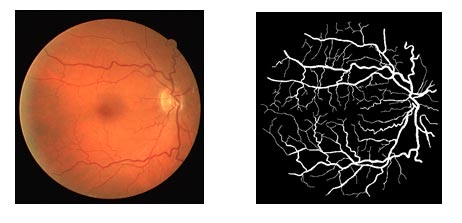
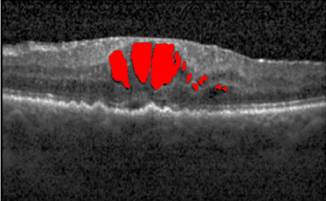
Reflections on CVPR 2015 One of our colleagues, Dr. Micha Feigin, presents his thoughts on this year’s Computer Vision & Pattern Recognition Conference: Coming back
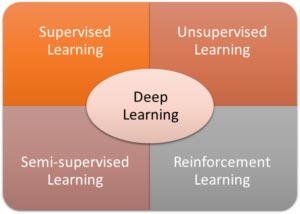
Deep Learning and Convolutional Neural Networks: RSIP Vision Blogs In this page, you will learn about Computer Vision, Machine Vision and Image Processing. If
Computer Vision and Deep Learning at IMVC 2015 We had an excellent time at the Israeli Machine Vision Conference (IMVC) 2015 this week. Dr.
Please fill the following form and our experts will be happy to reply to you soon
Subscribe now and receive the Computer Vision News Magazine every month to your mailbox
© All rights reserved to RSIP Vision 2023